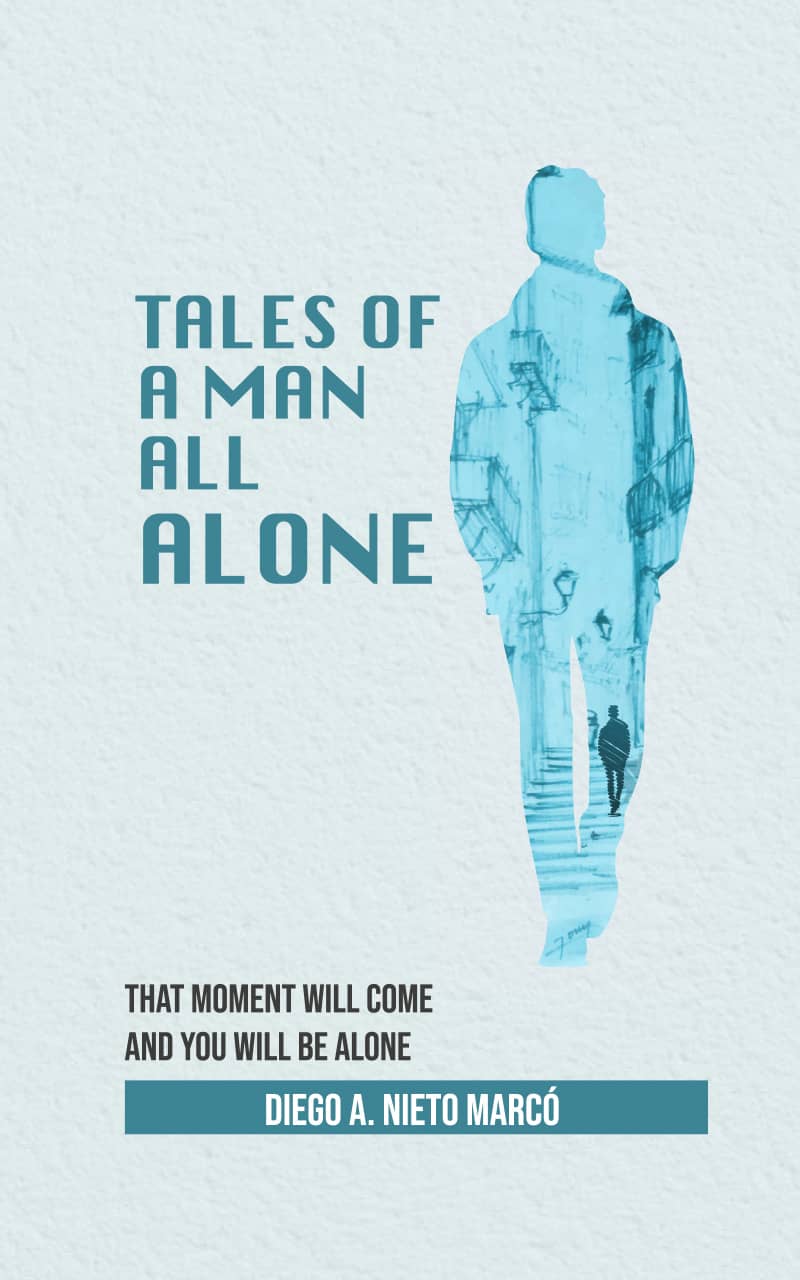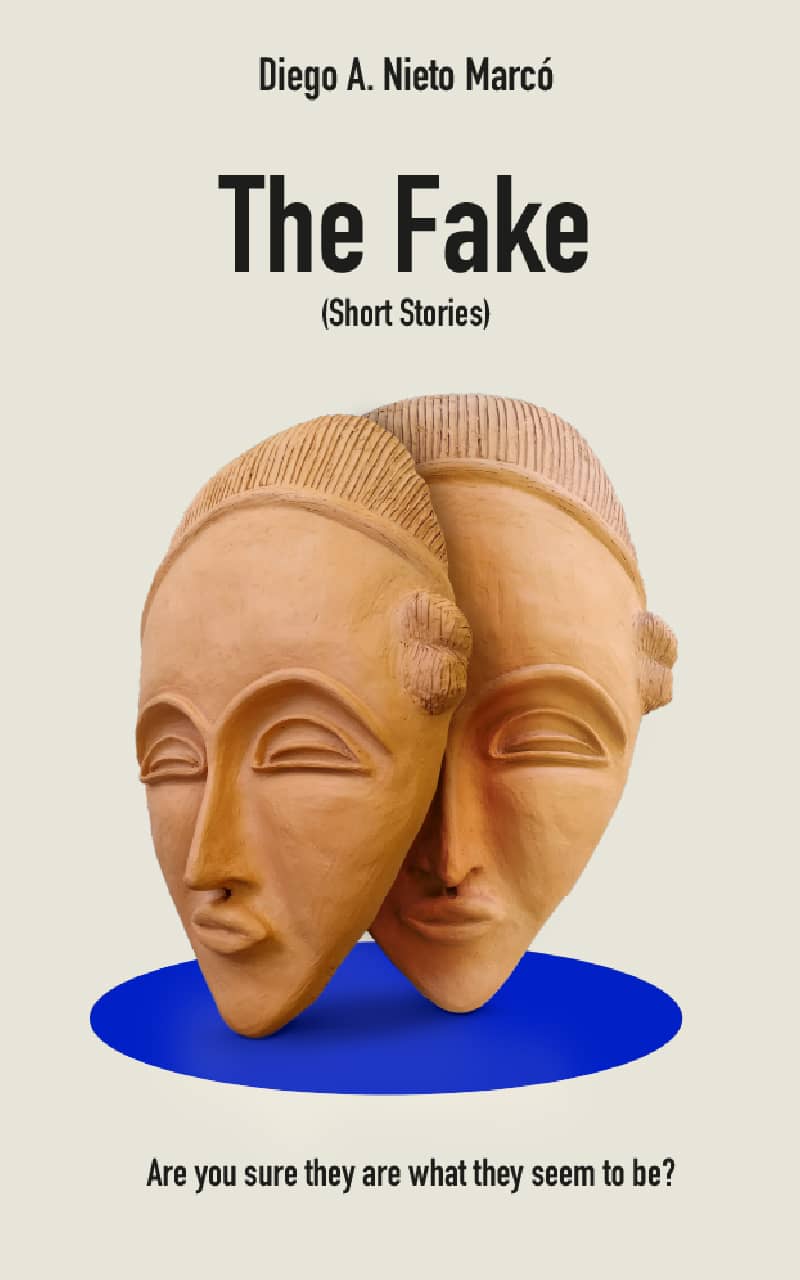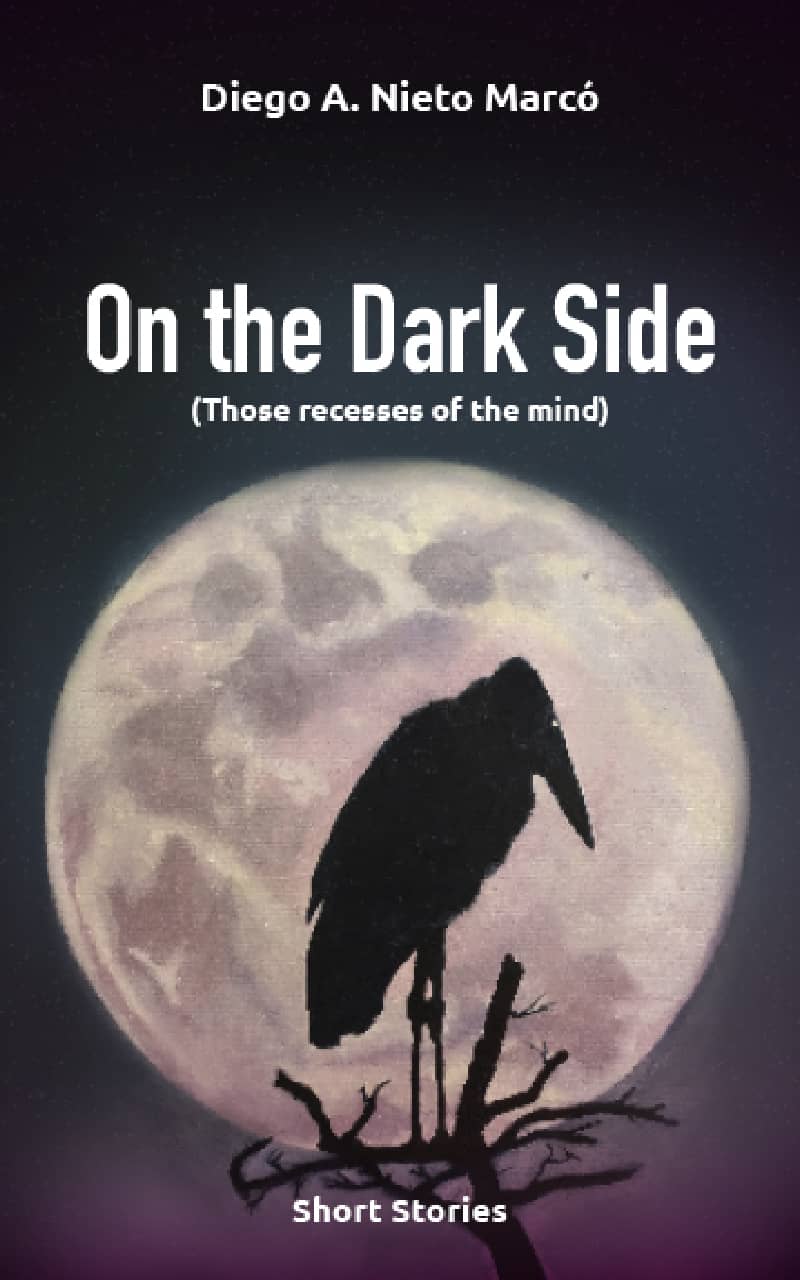Tales of a man all alone
We tend to believe that the crucial moments of our lives are those we share with family, friends, and even the applause of success. However, when the real turning points come, we are alone.Tales of a Man All Alone is a collection of stories, somewhere between the real and the unreal, that explore experiences both men and women have to face all alone.
Thus, in Fernandez’s Experience, The Memory , The Water , a man finds, in the very reality surrounding him, a loophole through which he can reach the meta- reality of his own existence.
Both The House of Light , a symbolic story, and Teresinha , an everyday life story, are mystical experiences to which the characters have different responses.
The other stories, All Alone , Rodriguez , North Steppe , are realistic. When the time comes in their lives, their protagonists discover that they are alone and in this aloneness they must make a decision: to love, to survive or to die.
The Fake
Sometimes what is presented before our eyes, although real, is false, that is, the work of a faker. This collection of short stories, The Fake , is based precisely on characters, some taken from history, others pure literary fiction (if history is not), whose behaviour does not coincide with
their external or internal reality.
The fake and those who fake are on instinct repugnant to us. But we must bear in mind that not all those who present a false reality do so of their own free will, nor are they aware of their falsehood, nor do they do it for no reason, but for some motive which is superior, or which they consider superior, to the truth itself. Dealing with this subject, in this volume we find the traitor whose betrayal, from another point of view, is loyalty; the condemned who knows he is innocent but believes he is guilty, depending on the rational or emotional basis on which he judges himself; the writer who lives in the unreality of his words and finally has to face the reality of those same words; the Spanish conquistador’s wife in seventeenth-century Asuncion del Paraguay who discovers her true self in a world that has nothing to do with her; the resurrected man who in his second chance finds himself a stranger in a life that is also strange; the saint who is consumed by the remorse of knowing that he is a counterfeit of his own choosing; the anonymous inpatient (recently identified) who is granted a glimpse of the imposture he will turn into after his own death; the swindler who simply cheats for money.
Ultimately, the fake are part of life, a necessity of life, a consequence of life, because without their fakeness there could be no truth.
On the dark side
On the Dark Side is comprises four stories that can be clearly framed in the genre of
fiction, though not science fiction. The subjects they cover, however, are not fiction, but plain reality in the human mind. The series is opened by Isabel’s other life . Isabel, a successful, upper class young woman, has a secret to keep not only from those that make up her life but from herself. It is followed by The piano, a story about the most hidden and irrepressible ambition of a pianist and composer and the unimaginable consequences of this ambition. Sister Juana , as the title indicates, has as central character a nun and her piety, the way she lives that piety when she is forced to face worldly life. The symbolic story The drip , which closes the series, deals with the theme of remorse and what that remorse leads to in the depths of the human mind. Literature is not limited to the mastery of language and a set of techniques that resemble conjuring tricks because they are not seen but still there they are; literature extends into the more mysterious realm of the imagination, both of its maker and its reader. When their minds meet they endow a story with reality, that is, they create a world populated by people, objects, animals that can be seen, heard, and sometimes even smelt or touched; a world that can only be marvellous. I hope we meet each other through these pages.
The Squatters
As we all know ‘squatters’ squat, that is, they break into our houses and there they settle, never to leave, except by force. The squatters in these stories also squat, unexpectedly, illegally, even brutally, albeit not in our houses, but in our minds. No one is safe from these “mind” squatters. The characters who make up these stories are only an example, a mere possibility; even more, you who are reading these lines and I who wrote them could well be the victims of mind squatters, and still not know it.
There are seven stories in this book. In Lena’s World , the narrator, a writer by
profession, sees his existence suddenly occupied by a female stranger who nonetheless brings coherence with her. In the story that follows, the young Azahara, whose name titles it, bursts into the life of a celibate university professor shaking up his beloved routine. The Fortress offers the reader the possibility to see the squatting process for it is outside the character’s mind. The Other , which could well
be a nightmare, is the writer-narrator’s encounter with his self that has crept into his world. Similar situations are presented in Juan, the author of novels and The Re- encounter : two parallel worlds that have never crossed, until one invades the other, with devastating results.
The theory of parallel worlds, formulated by the physicist Hugh Everett in the 1950s,
cannot be ignored when it comes to plotting, or perhaps I should say ‘dreaming’ a story: it is a truly fantastic conception, with no need for magic or unimaginable beings, nor aliens or the living dead. It is simply a matter of a character occupying the parallel world that corresponds to him. In doing so he encounters two realities, and therein lies the story.




